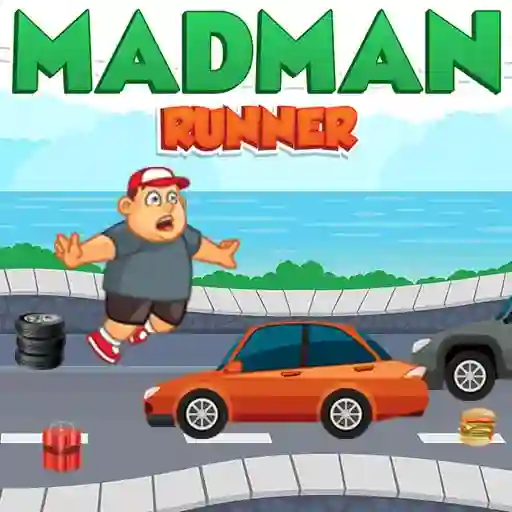







































Running games are a popular genre of video games that focus on action, speed, and often endless gameplay. These games typically involve controlling a character that moves automatically, with the player's input limited to jumping, sliding, or other evasion mechanics to avoid obstacles. The goal is usually to survive for as long as possible, achieve the highest score, or reach specific milestones.
Key features of running games include:
• Endless modes: Players run indefinitely until they collide with an obstacle or fall off the path.
• Level-based progression: Some games feature structured levels with increasing difficulty and objectives.
• Power-ups and boosts: Items that give temporary advantages, such as speed increases, invincibility, or coin multipliers.
• Customization: Players can unlock or purchase skins, outfits, or accessories for their characters.
• Multiplayer or competitive modes: Competing against friends or other players to achieve the best score or distance.
These games are known for their simple yet addictive gameplay, making them accessible to a wide audience while still offering challenges for skilled players.
What makes running games so popular?
Running games are popular because of their simplicity, accessibility, and rewarding gameplay. They often feature intuitive controls, making them easy to pick up, while the endless nature of the games keeps players coming back to beat their high scores.
Are running games suitable for children?
Yes, many running games are designed with family-friendly themes and visuals, making them suitable for children. However, some games may include in-app purchases or mild competitive elements, so parental discretion is advised.
Do running games require skill to play?
While basic gameplay is straightforward, mastering running games often requires quick reflexes, good timing, and strategic thinking to avoid obstacles and maximize scores. Skill becomes more important in competitive modes or when aiming for high scores.